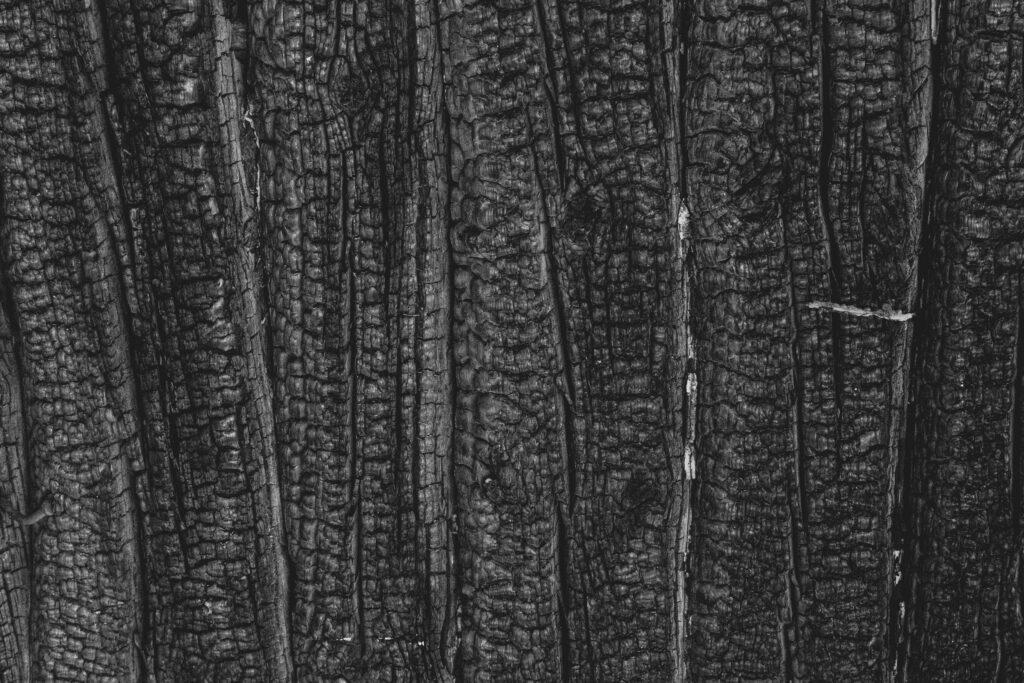When it comes to surfaces and their durability, there are big differences depending on the material. However, if the material is the natural product wood, particularly good durability is considered essential, but also demanding. The Japanese tradition of Shousugiban offers a way to preserve the wood with fire and thus, among other things, to emphasize not only the texture of the wood but also its natural color. Shousugiban from Nakamotoforestry is an old Japanese tradition in the context of woodworking, which is also and especially increasingly penetrating into the European and Western area. The reason for this is not only the conservation quality of the technique, but also many other characteristics. In order to understand everything about the old Japanese tradition and to get an overview of the field of application and the advantages of Shousugiban, the most important things are described below.
The origin of Shousugiban and its benefits
The still popular and equally ingenious method of preserving wood was developed in the heyday of Japan, namely in the Edo period (1603 to 1868). The reason for the emergence of the technique was when Japanese craftsmen realized the enormous advantages of wood, which was charred and could then be used as a cladding material. Consequently, it was only logical at the time that the technique of preserving wood also found its way into contemporary architecture, and from the 18th century to the present day it has been able to assert itself as one of the most popular methods in woodworking in general. This technique of woodworking from Japan not only supports the strength of the wood, but also improves its durability. The very good durability is achieved through the burning process. Especially for exterior elements, wood that has been processed according to the Shousugiban tradition is considered one of the most popular solutions ever.
On the aspects of design and process
Similar to the whole Asian architecture, wood processed according to the special tradition from Japan gives a building or a terrace a completely different, enigmatic flair. Overall, Shousugiban is now a popular design solution globally, as it offers not only a functional added value in terms of durability, but also advantages in aesthetics. The process begins with the burning process, after which the wood is cooled, carefully cleaned, and then the wood is painted with a natural oil. In the next step, the wood is burned at a particularly high temperature, where the temperature significantly exceeds that of a normal flame. Special techniques are used here, which also require special skills. This is the only way to ensure that the wood can be processed according to the traditional technique of Shousugiban. In terms of design, the traditional Japanese technique of working wood also picks up on a Western trend in the West: Individualism. Wood that has been processed using the traditional Japanese technique gives homes a charm all its own. On top of that, the processed wood has enormous resilience even in the face of storms, monusn rain and heat waves, and retains its appearance even under these extreme adversities.
The areas of application of the technique
Popular is the use of technology for many areas in the house and garden. These include the facade of the house, for which fired wood facades can be an inviting calling card for the homeowner. In addition, the house is also complemented by value and durability also ensures that long enjoyment of the beautiful appearance of the wood can take place. The use of Japanese burning technology for the wood of a fence can also be useful. In particular, against mechanical and environmental damage, it can then be sustainably protected. Many people also use the Japanese tradition to process their wooden terrace in this way. The feet are happy because the terrace becomes smooth and pleasant to walk on. In addition, the appearance of the terrace is enhanced. In order to have long-lasting fun with the terrace, it is recommended to treat it with water-based oils. In this way, the charred terrace planks can fulfill an even longer-lasting benefit. However, the floor in the house can also be treated by experts and their application of the Japanese traditional technique to the wood. In many aspects, the treated floor can come up with many advantages in contrast to conventional floors without great treatment. Especially a high load capacity and low susceptibility to scratches are among them.

